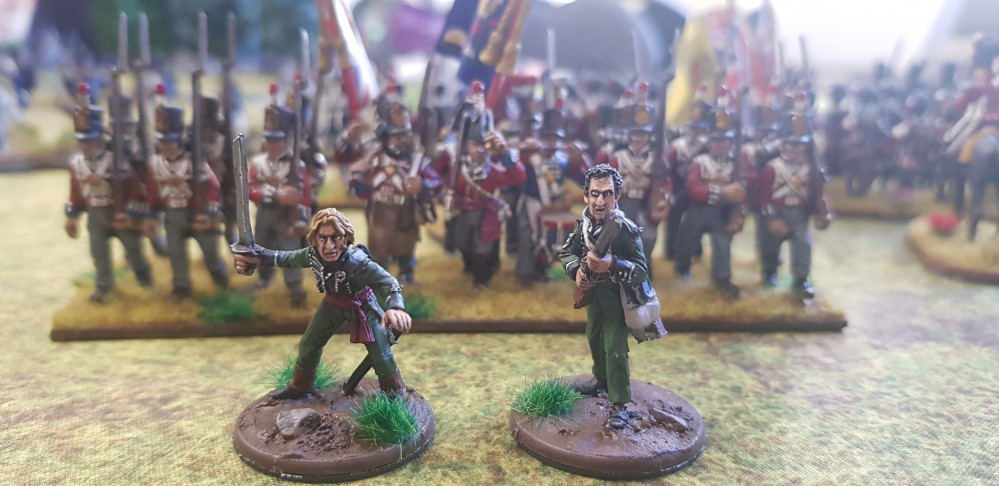
Civs Napoleonic British - Black Powder 28mm
Painting British Line troops - Table top Quality
I have been asked by a few people how i quickly paint British line troops so thought i would add a quick how to guide for anyone looking to get those regiments on the board quickly.
I will try and add some pictures when i start to paint my next regiment, for now you’ll have to put up with some text 😀
So first step is to undercoat your troops in a colour that saves as much time painting as possible, i find that the major colour on british troops is either white (piping and trousers) or grey (trousers). I chose to go with mainly white trousered troops and so sprayed the models with a beige colour (Skeleton bone from army painter) which i could then highlight up to white.
You can then proceed to block paint the key elements of the model, so red coat, flesh colour face, brown musket, black out the shako, boots and metal parts etc.
The bit that makes this really easy is the use of army painter dip, i use the strong tone over red as it complements it really well. Brush it on rather than dip so you dont get too much pooled on the model.
Leave the model at least 12 hours to dry, if not more (i tend to leave it 24 hours). I tend to spray the model with matt varnish after this step so the paint adheres better and the awful gloss effect goes. If you dont leave the dip long enough to dry the varnish will cause a cracking/frost effect on the model, my entire 15mm british amoured are testiment to this, sad times.
You can then highlight the model, paint the metal parts leaving any recesses dark and paint the piping white (This is the longest but most noticable part so worth doing a tidy job here).
I highlight up the red cost to make it pop a bit more and colour the black parts with a very dark grey (again leaving the recesses black).
The trousers get a tidy up with white, again leaving the recesses dark.
Basically then the job is done.
Some key things ive found which make all the difference:
- Use a very dark grey (i use GW eschin grey) to paint the black and leave the recesses pure black, it really makes a difference as your eye can pick out the details better.
- Be as neat as you can painting the piping, i use pure white here as it makes the figure pop a bit more, this also means if you mess it up you can really tell.
- Keep the shading on faces very dark so you get a good contrast , it helps pick out the features from a distance so makes the models look better on the tabletop
I will update this with some actual pictures and paints used but as a brief how to i’m throwing this up here for now.





























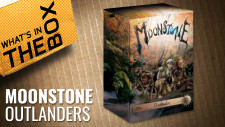

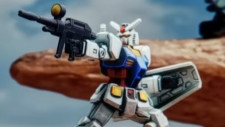

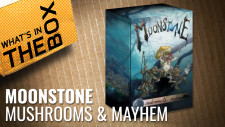
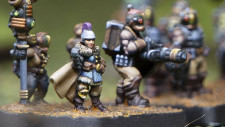
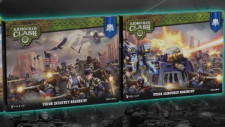
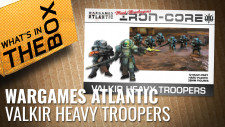














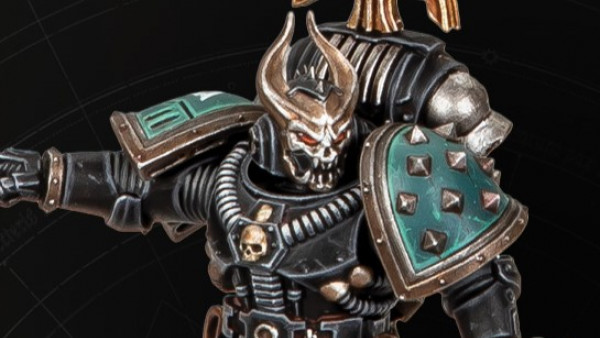
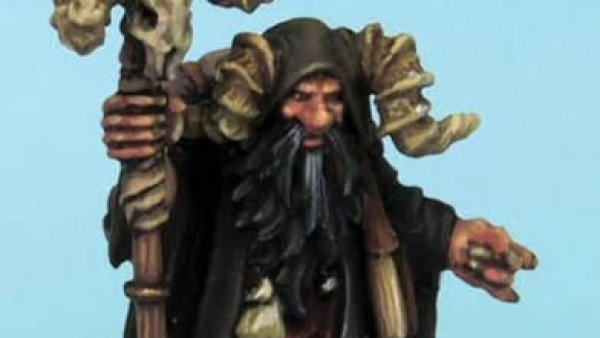
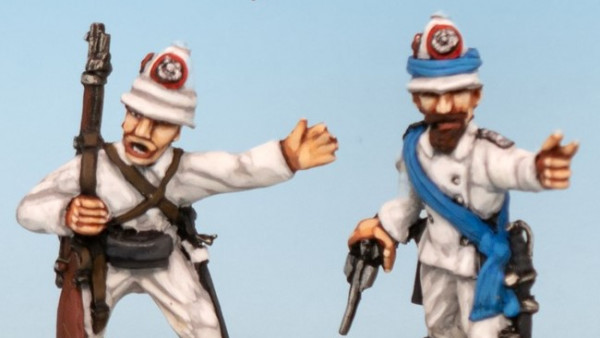
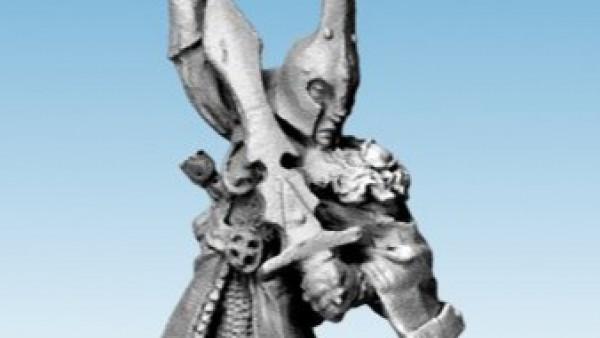
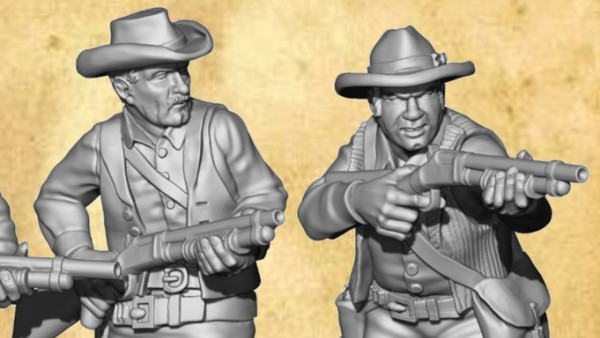
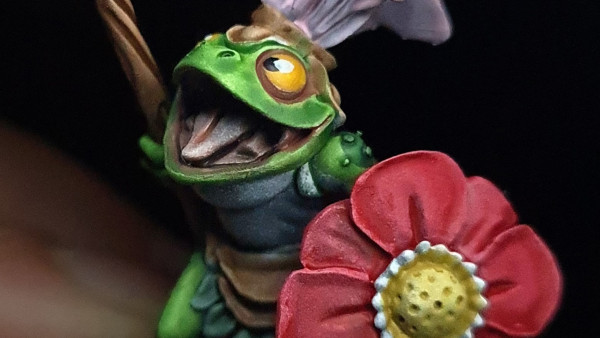

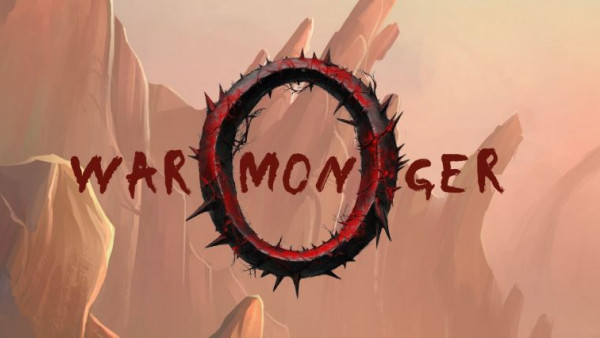
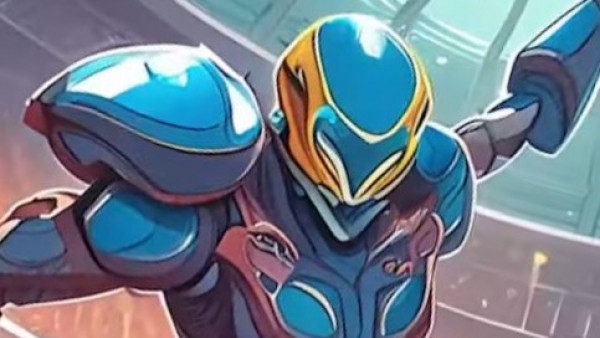

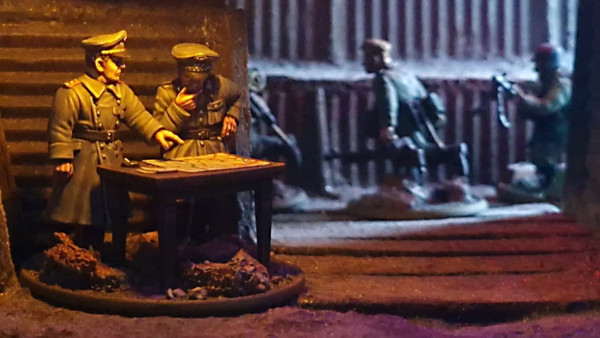
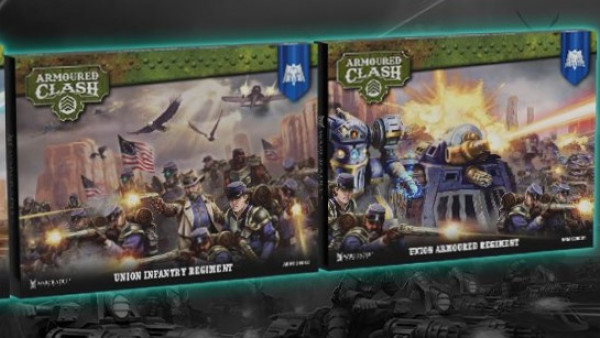
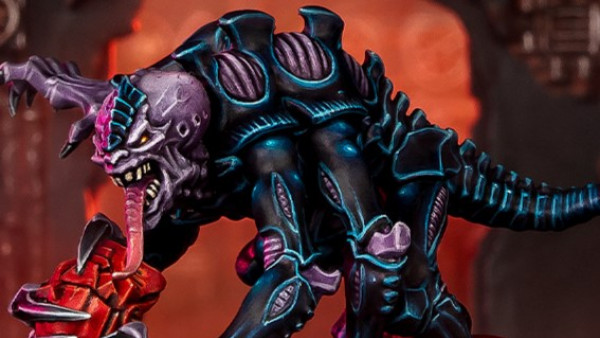
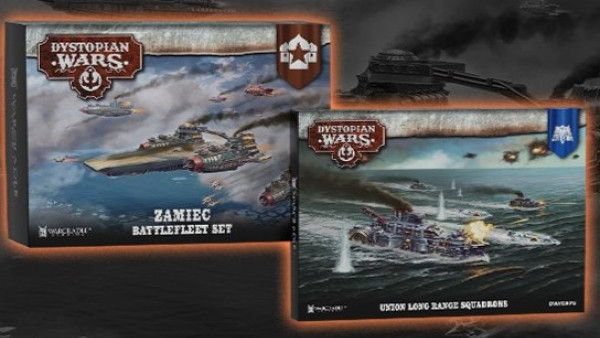
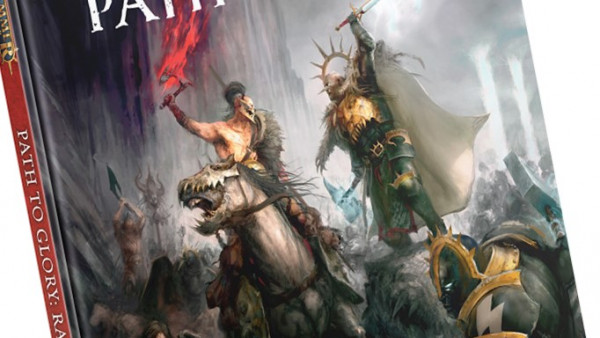
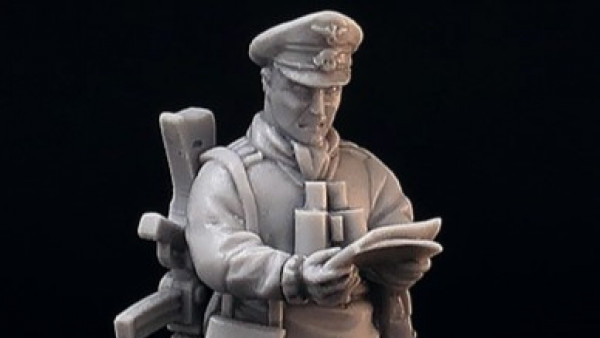
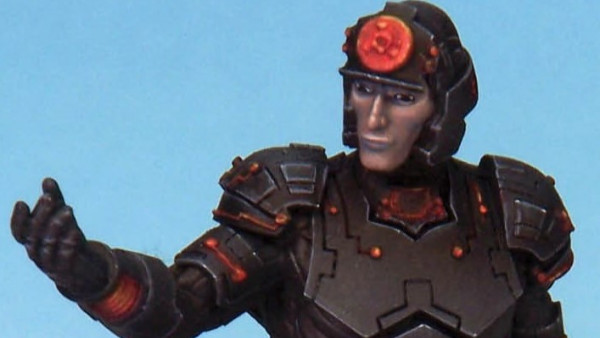
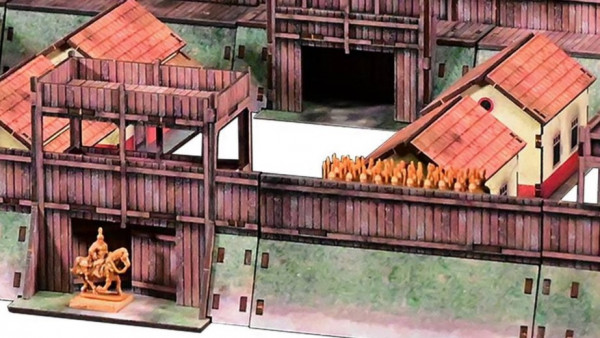
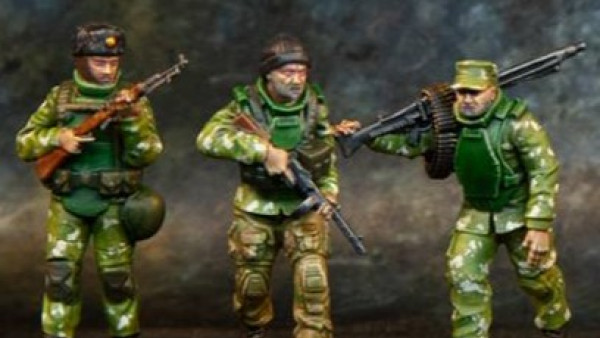
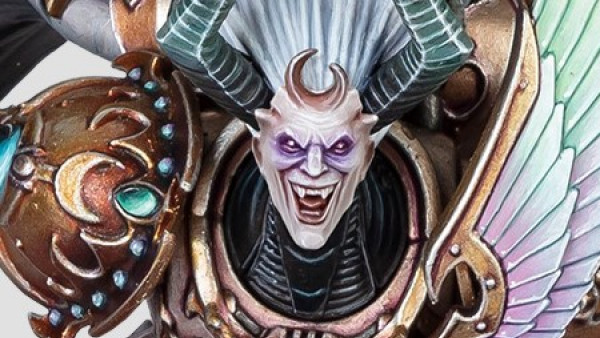

Looks like great quality to achieve at speed!
Thanks its definitely faster than my usual painting and with amount of unpainted stuff i have i need to speed up!
Definitely love the faster painting advice, especially for Napoleonics. Spent all summer last year of 400+ American Revolution figures. WHAT A PAIN!
@oriskany ouch, dont think ive painted that many models in my lifetime! Hats off to your dedication.
These are looking awesome! You have inspired me to finally get around to starting my own Napoleonic PLOG. Thank you!
@beaudouro thanks and no problem, the number of models can be a bit daunting but well worth the end result!